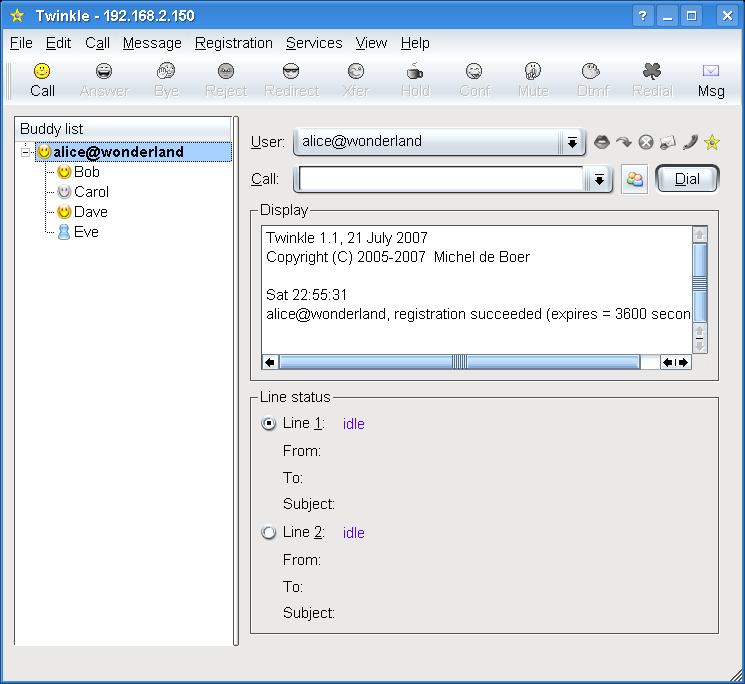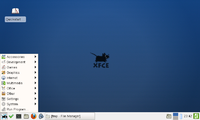hmc
Active Member
Did you compile wxwidgets with it, too? That's required for the GUI.
For the OP version I used wxwidgets' GTK variant, IIRC.
Hey Linux-SWAT,
thanks a lot for RC3!
One remark: I just was asked on first boot and login, if I want to autologin in the future. I clicked "Yes". Then I skimmed the readme file opened in GVIM on startup, and there, in the section "Bugs", is written: "- no autologin".
You might remove that line now. ;-) (autologin works perfectly!)
One more small issue: on each login I see the NetworkManager's notification "Disconnected" in the upper right corner for a few seconds.
Nut sure what's causing this. I did not touch NetworkManager at all since installing RC3 on a fresh ext2 partition.
Thanks for QT3!
It will give me the opportunity to try to compile KDEPIM/PI, the great PIM suite by Lutz Rogowski, on SL4P. Will try it soon. If this would work, it would be really great.
For the OP version I used wxwidgets' GTK variant, IIRC.
Hey Linux-SWAT,
thanks a lot for RC3!
One remark: I just was asked on first boot and login, if I want to autologin in the future. I clicked "Yes". Then I skimmed the readme file opened in GVIM on startup, and there, in the section "Bugs", is written: "- no autologin".
You might remove that line now. ;-) (autologin works perfectly!)
One more small issue: on each login I see the NetworkManager's notification "Disconnected" in the upper right corner for a few seconds.
Nut sure what's causing this. I did not touch NetworkManager at all since installing RC3 on a fresh ext2 partition.
Thanks for QT3!
It will give me the opportunity to try to compile KDEPIM/PI, the great PIM suite by Lutz Rogowski, on SL4P. Will try it soon. If this would work, it would be really great.




